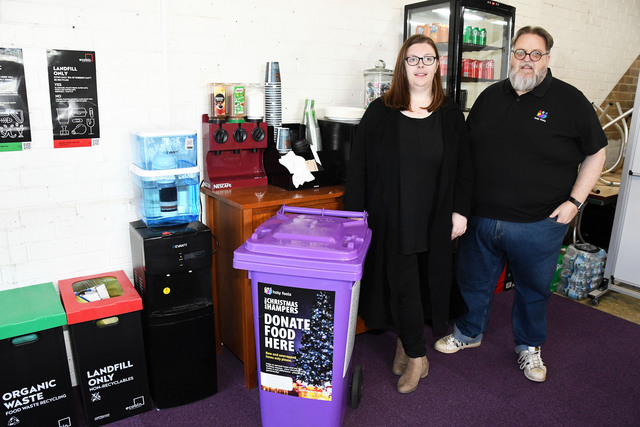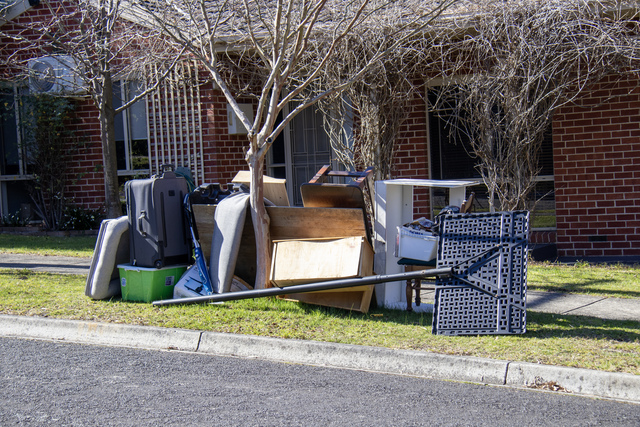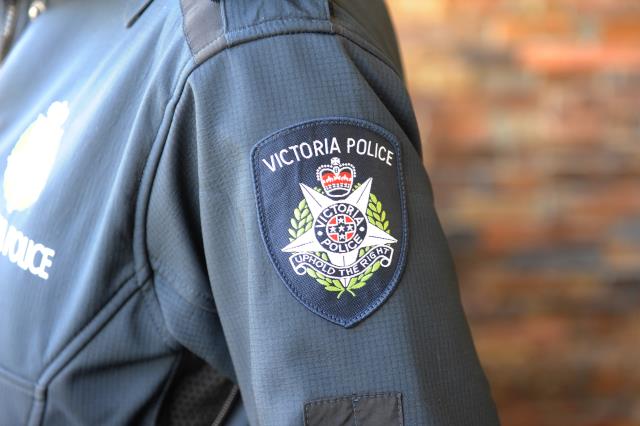Reducing spending in the shadow of ballooning debt across the state, funded election promises, while slashing jobs in the public sector and introducing additional taxes for multi-million dollar businesses and multiple property owners were the results of the 2023 Victorian state budget.
Treasurer Tim Pallas said the government would deliver on every promise made on the campaign trail ahead of the 2022 state election.
“Build better hospitals, back our incredible healthcare workers with thousands more nurses and paramedics, build new schools and expand free TAFE, train thousands of workers so SEC can provide cheaper, cleaner energy,” he said.
“Reform taxes, including changes to stamp duty, help Victorians beat the rising cost of living and responsibly address our Covid debt within 10 years, by 2033.”
The 10-year Covid-Debt Levy will see payroll tax increases of .5 per cent for businesses with more than $10 million in national payroll, which Mr Pallas said is around 5 per cent of businesses, and 1 per cent if the business has a national payroll over $100 million. Between 3000 and 4000 public sector jobs will be lost in an effort to save $2.1 billion.
Mr Pallas said the government borrowed $31.5 billion during the pandemic “pay for the tools to confront the emergency.”
“All up, the Covid-debt Levy will raise 8.6 billion in Covid-debt offsets over four years,” he said.
“We will use the Growing Victoria Future Fund to help manage the Covid-debt over the next 10 years.”
The threshold for land tax, which only applies to multiple property owners, is being lowered to $50,000 from $300,000.
In a statement, Shadow Treasurer Brad Rowswell said the budget would inflict more pain on Victorians already experiencing the unprecedented cost of living pressures.
“It’s the wrong budget at the wrong time. Labor wants to blame Covid, the Reserve Bank and the Federal Government for this brutal budget but only it can take responsibility for this debt-driven disaster,” he said.
The budget forecasts a $4 billion deficit for 2023/24, shrinking to $1.1 billion in 2024/25 and projects a $1 billion surplus in 2025/26 and a $1.2 billion surplus in 2026/27.
Despite the new Covid-debt levy, the state’s total debt will continue to rise, forecasted to reach $171.4 billion in 2026/27.
Premier Daniel Andrews said at last year’s election, the Labor government put a positive plan for the Victorian people and “promised to keep doing what matters.”
“It was a plan to keep removing level crossings, to build the hospitals, schools and roads Victorians need for now and the future, and keep supporting jobs with our big build,” he said.
“It was a plan to keep investing in renewables, help families install solar panels and batteries, and bring back the SEC.”







